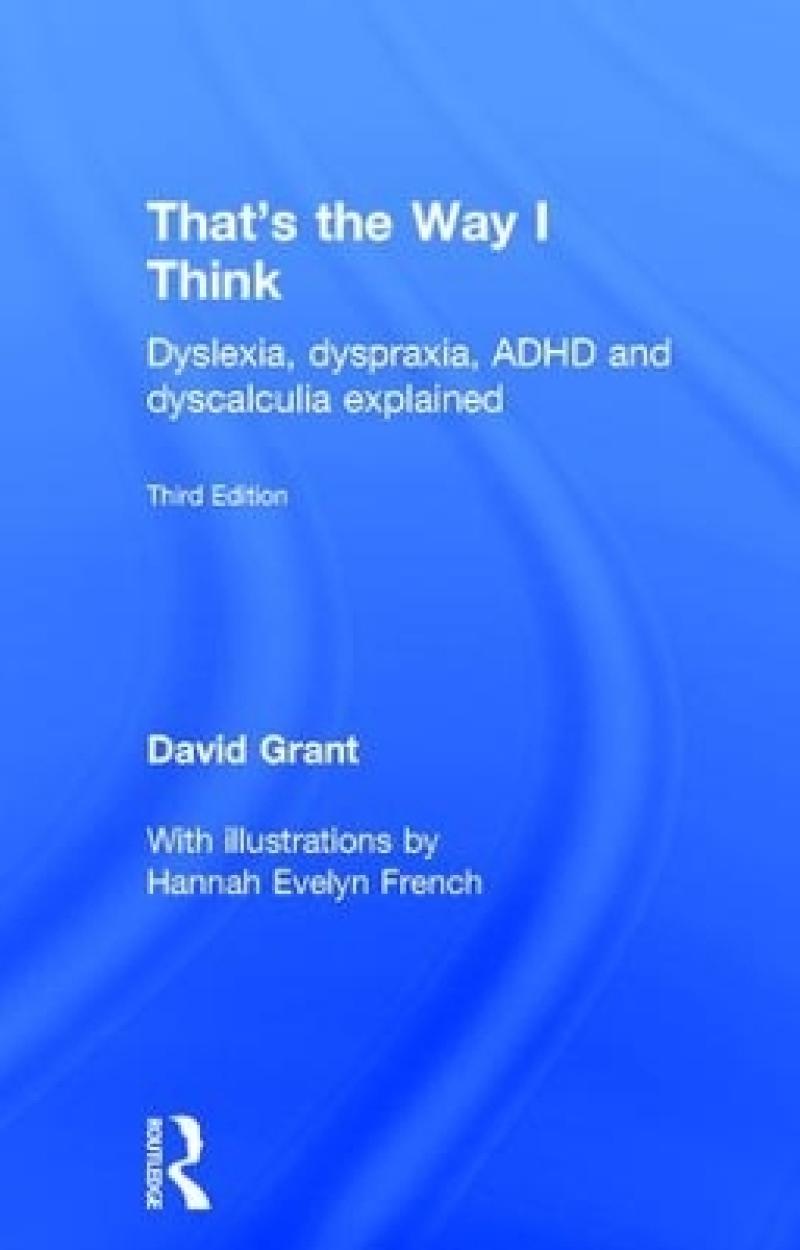<p><strong>Short-listed for the British Psychological Society's Award in the Practitioner Text category.</strong></p><p>"The book uses a holistic approach and aims to provide an understanding of the ways in which specific learning differences may influence and shape everyday life. It provides a helpful overview of individual differences and the relationship between them. It is written in a clear and accessible style with concise although suitably detailed descriptions." -<em> Julia Kender, Independent consultant and assessor, lecturer and external examiner in a variety of HEI settings</em></p>
<p>Gavin Reid, Independent Educational Psychologist</p><p>What are the main strengths and weaknesses of the books you’ve listed above and what particular advantages does the proposed book have?</p><p>They cite excellent case studies and examples from their own practice – the author also does this. </p><p>Do you recommend that we publish an updated edition?</p><p>Yes for sure <br /><br />Please add any additional comments you feel may be helpful.<br /><b>It is encouraging that the author has been invited to speak at important events as this will ensure that he is kept up to date and this will be reflected in the book. The book is very insightful.</b> </p><p>Barbara Pavey, Associate Lecturer for the dyslexia programmes at the IOE</p><p>As a lecturer I have used the book and it would be on my recommended reading list. I often see it on student’s references lists when I read assignments. </p><p>The author writes with a warm, supportive and accessible tone; he does not ‘foreground’ a deficit-based perspective, and the text recognises and values, throughout, the lived experience of people with dyslexia, dyspraxia, and ADHD.</p><p>I think the structure, format and design of the book are valuable just as they are. The book makes use of illustrations by people who experience the relevant learning characteristics themselves, and they support the text very well. It is refreshing to see them within the text. To this reader they make an unusual statement that the author not only knows about the value of multi-sensory work, but respects it and applies it. </p>
About 1 in 20 individuals are dyslexic. This figure also applies for dyspraxia and ADHD. This fully revised edition of David Grant’s thought-provoking, insightful book develops our understanding of these specific learning differences and considers the further challenges presented by these overlapping conditions.
This new edition includes a brand-new chapter on dyscalculia. New sections also explore updates in the study of dyslexia, dyspraxia and ADHD as well as visualisation and synaesthesia, in the light of new data and research. These updates enable the reader to gain a fuller understanding of the sensory experiences and thoughts of individuals with specific learning differences.
The author takes a life-style approach to explain many of the everyday experiences and choices of individuals with specific learning differences, including sleep, sports, visualisation and creativity, and uses real life examples explained in the words of those with specific learning differences.
The accessible style of this book will immediately strike a chord with anyone with first or second-hand experience of specific learning differences. It is invaluable and insightful reading for those with specific learning differences as well as their parents and/or partner, teachers, teaching assistants and SENCos.
This new edition includes a brand-new chapter on dyscalculia. New sections also explore updates in the study of dyslexia, dyspraxia and ADHD as well as visualisation and synaesthesia, in the light of new data and research. It is invaluable and insightful reading for those with specific learning differences as well as their parents and/or partner, teachers, teaching assistants and SENCos.
1. Dyslexia, Dyspraxia and ADHD – The Common Ground 2. What is Dyslexia? 3. What is Dyspraxia? 4. What is ADHD? 5. What is Dyscalculia? 6. Visualisation and Synaesthesia 7. Colours and Reading 8. Being Creative – or Becoming Creative? 9. Sports and Genes 10. Invisible Girls, Invisible Women 11. Sleep 12. Neurodiversity and Concluding Remarks
Produktdetaljer
Biografisk notat
David Grant is an Associate Fellow of the British Psychological Society and was formally recognised as an Educational Psychologist by the Health Care & Professions Council in 2012.
